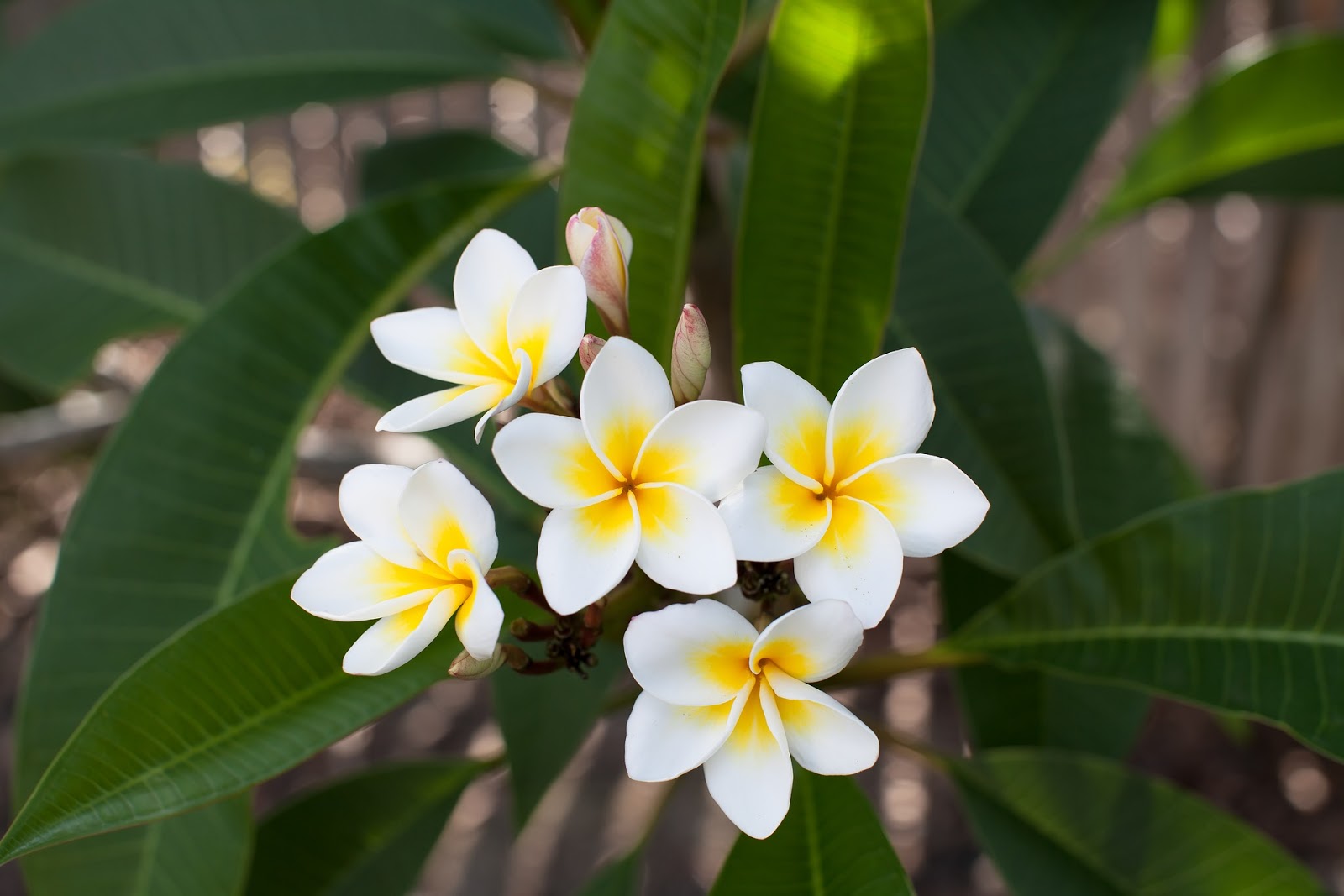Flor de Mayo, or May Flower, is a term that evokes a sense of beauty and cultural significance in various regions around the world. This flower, blooming during the month of May, is often associated with celebrations and traditions that highlight the arrival of spring and the beauty of nature. Understanding the essence of Flor de Mayo can enrich our appreciation for this delightful flower and its place in our lives.
In this article, we will explore the origins, characteristics, cultural significance, and various uses of Flor de Mayo. By delving into the beauty and relevance of this flower, we aim to provide readers with a comprehensive understanding that can inspire them to appreciate the wonders of nature. Whether you're a flower enthusiast or someone simply curious about the significance of May Flower, this article will serve as a valuable resource.
Join us as we journey through the vibrant world of Flor de Mayo, uncovering its history, beauty, and the joy it brings to various cultures. From its botanical characteristics to its role in rituals and celebrations, we will examine every aspect of this fascinating flower. So, let's dive in and discover the enchanting world of Flor de Mayo!
Table of Contents
- 1. The Origins of Flor de Mayo
- 2. Characteristics of Flor de Mayo
- 3. Cultural Significance of May Flower
- 4. Uses of Flor de Mayo
- 5. Growing Flor de Mayo
- 6. Popular Varieties of Flor de Mayo
- 7. Flor de Mayo in Art and Literature
- 8. Conclusion
1. The Origins of Flor de Mayo
Flor de Mayo, or May Flower, traces its origins back to various cultures around the globe. Its blooming season coincides with the celebration of spring, symbolizing renewal and growth. This flower is often associated with the month of May, which has been celebrated for centuries as a time of fertility and abundance.
In many cultures, the arrival of May marks a time for festivities and rituals aimed at honoring nature's beauty. For instance, in ancient Rome, the festival of Floralia was dedicated to the goddess Flora, celebrating the blooming of flowers and the arrival of spring. This festival included games, theatrical performances, and the decoration of homes with flowers, highlighting the importance of Flor de Mayo in cultural traditions.
2. Characteristics of Flor de Mayo
Flor de Mayo is known for its vibrant colors and delightful fragrance. The most common variety, known scientifically as May Flower or Epigaea repens, is characterized by its pink or white blossoms that typically bloom in clusters. These flowers are not only visually appealing but also play a crucial role in attracting pollinators.
2.1 Physical Traits
- Color: Pink, white, and sometimes purple
- Height: Typically grows up to 12 inches tall
- Leaves: Green, oval-shaped leaves that are often glossy
2.2 Growth Habits
Flor de Mayo thrives in well-drained soil and prefers partial shade. Its ability to adapt to various environments makes it a popular choice for gardens and landscaping.
3. Cultural Significance of May Flower
Flor de Mayo holds significant cultural importance in various regions. In Latin American countries, the flower is often associated with celebrations like the Day of the Cross, where people decorate crosses with flowers, including Flor de Mayo, as a symbol of faith and gratitude.
In Europe, particularly in Spain, Flor de Mayo is celebrated during the month of May with festivals that honor the beauty of nature. These celebrations often include dancing, music, and floral decorations, showcasing the flower's integral role in cultural expressions.
4. Uses of Flor de Mayo
Flor de Mayo is not only admired for its beauty but also has various practical uses. Here are some of the ways this flower is utilized:
- Ornamental Purposes: Often used in gardens and floral arrangements for its aesthetic appeal.
- Culinary Uses: In some cultures, the petals are used to garnish dishes or as flavoring in beverages.
- Medicinal Benefits: Traditionally, it has been used in herbal medicine for its anti-inflammatory properties.
5. Growing Flor de Mayo
Growing Flor de Mayo can be a rewarding experience. Here are some essential tips for cultivating this beautiful flower:
- Soil: Ensure well-drained soil rich in organic matter.
- Light: Provide partial shade to protect the flowers from harsh sunlight.
- Watering: Keep the soil consistently moist, especially during dry spells.
6. Popular Varieties of Flor de Mayo
There are several popular varieties of Flor de Mayo, each with its unique charm:
- Epigaea repens: The most common variety, known for its lovely pink and white flowers.
- Mayflower (other species): Various other species that bloom in May and are equally beautiful.
7. Flor de Mayo in Art and Literature
Flor de Mayo has inspired countless artists and writers throughout history. Its beauty and symbolism of renewal have made it a favorite subject in paintings, poetry, and literature. The flower often represents themes of love, beauty, and the transient nature of life, capturing the essence of spring's arrival.
8. Conclusion
Flor de Mayo is more than just a flower; it is a symbol of beauty, culture, and renewal. From its origins and characteristics to its uses and significance in various cultures, this flower continues to captivate hearts and inspire creativity. As we appreciate the beauty of Flor de Mayo, let us also recognize its role in our lives and the joy it brings to our surroundings.
We invite you to share your thoughts in the comments below and let us know how you celebrate the arrival of May Flower in your own way. Don't forget to explore more articles on our site to deepen your knowledge about nature and its wonders!
Thank you for reading, and we hope to see you back here soon for more insightful content!




